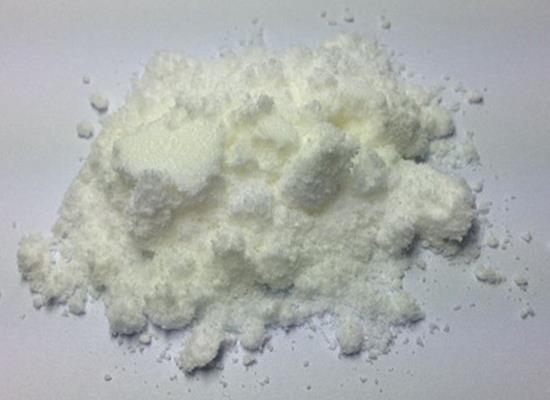Active Pharmaceutical Ingredients (API), popularly speaking, are the raw materials of medicines, only pharmaceutical raw materials are processed into pharmaceutical preparations , can they become medicines available for clinical use, so drugs we usually eat are the finished drugs through processing. Active Pharmaceutical Ingredients based on its sources can be divided into two major categories ,including chemical synthetic drugs and natural chemical drugs. Chemical synthetic drugs can be divided into organic synthetic drugs and inorganic synthetic drugs. Inorganic synthetic drugs are inorganic compounds ( very few is element), such as aluminum hydroxide, magnesium trisilicate which are used for the treatment of gastric and duodenal ulcers ; organic synthetic drugs are mainly composed of drugs made by basic organic chemical raw materials, through a series of organic chemical reactions (such as aspirin, chloramphenicol, caffeine, etc.). Natural chemical drugs ,based on its sources,can be divided into two categories including biochemical drugs and plant chemical drugs. Antibiotics are generally made by the microbial fermentation, which belongs to the biochemistry category. A variety of semi-synthetic antibiotics occurs in recent years,which are biosynthesis and chemical synthesis combining products.Among active Pharmaceutical Ingredients, the organic synthetic drugs varieties, yields and values have the largest proportion,which are the main pillars of the chemical and pharmaceutical industries. The quality of active Pharmaceutical Ingredients decides whether the formulation is good or bad , so its quality standards are very strict ,countries in the world have developed national pharmacopoeia standards and strict quality control methods for its widely used active Pharmaceutical ingredients.
Dodecanedioic Acid: Metabolic Health, Sustainable Production, and Regenerative Medicine
Dodecanedioic acid enhances metabolic health, enables sustainable industrial production, and supports regenerative medicine through innovative applications.
Feb 18,2024 APIThe Multifaceted Role of 2,2'-Dithiobis(benzothiazole) in Green Chemistry, Photochemical Dynamics, and Antitumor Activity
Studies on 2,2'-Dithiobis(benzothiazole) reveal its photochemical dynamics, efficient green synthesis, and application in antitumor and antibacterial metal complexes.
Feb 18,2024 APICabozantinib:Efficacy,effectiveness and safety
Cabozantinib effectively improves survival in renal cell carcinoma and hepatocellular carcinoma, offering benefits over alternatives despite manageable grade 3-4 adverse events.
Feb 7,2024 APIExemestane: A Breakthrough Aromatase Inhibitor Treatment for Advanced Breast Cancer
Exemestane effectively treats hormone-sensitive breast cancer in postmenopausal women, showing superior efficacy and safety in clinical trials compared to megestrol.
Feb 7,2024 APIBimatoprost for the treatment of eyelash, eyebrow and scalp alopecia
Bimatoprost is used to treat ocular conditions and promote eyelash growth by binding to prostamide receptors, with rapid absorption and low systemic exposure.
Feb 7,2024 APILevomefolate Calcium: A Component in FDA-approved Oral Contraceptive
Levomefolate calcium, a component in a novel oral contraceptive, efficiently prevents pregnancy, treats premenstrual dysphoric disorder and acne, while reducing neural tube defect risks.
Feb 7,2024 APIFulvestrant: A Anti-Estrogen Therapy with Unique Pharmacokinetics and Low Toxicity
Fulvestrant offers stable, safe anti-estrogen therapy with minimal toxicity, requiring no dose adjustment for certain renal or hepatic conditions, but caution in specific populations.
Feb 7,2024 API1,4-Butane Sultone: A Dual-Edged Sword in Green Chemistry and Fuel Cell Innovation
1,4-Butane sultone aids in creating efficient fuel cells but requires cautious handling due to its potential health and environmental risks.
Feb 7,2024 API17-Methyltestosterone: Overview and Effects in Pseudorasbora Parva
17-Methyltestosterone, an endocrine-disrupting compound, disrupts fish reproduction and contaminates water, prompting bans and highlighting the need for further environmental research.
Feb 7,2024 APIStanozolol as a therapeutic agent in dermatology
Stanozolol aids in treating certain dermatological conditions but requires cautious use due to potential hepatic and androgenic side effects.
Feb 7,2024 API












